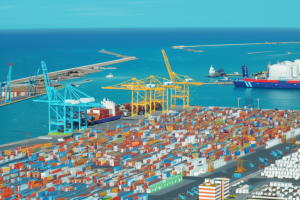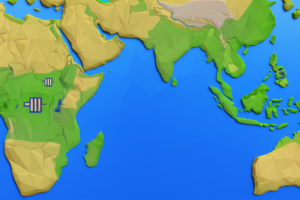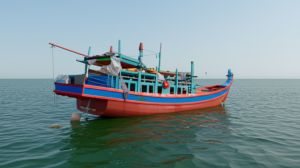The user wants a detailed analysis and professional report, over 1000 words, based on the search query about Malaysian biologist Farina Othman winning an award for her work with palm oil farmers to protect Bornean elephants in Sabah.
Here’s a plan:
* Farina Othman’s name and profession.
* The specific award she won (likely a conservation award).
* The location: Sabah, Borneo, Malaysia.
* The species: Bornean Pygmy Elephant (likely the “last 300” mentioned).
* The core work: Collaborating with palm oil farmers.
* The goal: Protecting elephants, mitigating human-elephant conflict.
* The significance of the work: Bridging conservation and agriculture.
* The number “last 300” might refer to a specific population or a general estimate in her work area.
* Catchy Opening: Start with the drama of human-wildlife conflict, the plight of the Bornean elephant, and the glimmer of hope personified by Farina Othman.
* Section 1: 森林边的低语与冲突的种子 (Whispers from the Forest Edge and Seeds of Conflict): Introduce the setting (Sabah), the iconic Bornean elephant, and the rise of the palm oil industry. Frame the conflict – land use change versus habitat.
* Section 2: 谁是法丽娜·奥斯曼?一座桥梁的诞生 (Who is Farina Othman? The Birth of a Bridge): Introduce Farina Othman, her background, and her motivation. Position her as a crucial link between conservationists and farmers.
* Section 3: 象与油棕:共存的困境与探索 (Elephants and Palm Oil: The Dilemma and Exploration of Coexistence): Detail the specific challenges – elephants raiding crops, farmers retaliating, habitat fragmentation. Explain *why* her work with farmers is critical.
* Section 4: 田埂上的握手:法丽娜的智慧与行动 (Handshakes on the Field: Farina’s Wisdom and Action): Describe *what* she actually does. This is where the “how” comes in. Likely involves community engagement, education, finding practical solutions (fencing, alternative crops, corridor mapping, compensation schemes, etc.). Emphasize collaboration, not confrontation.
* Section 5: 微光中的荣耀:世界舞台的认可 (Glory in the Glimmer: Recognition on the World Stage): Discuss the award she received. What does this award signify? It elevates her work and highlights the importance of this approach.
* Section 6: 前方的路:希望与挑战并存 (The Road Ahead: Hope and Challenges Coexist): Look towards the future. Her work is a model, but challenges remain (scale, funding, policy). How can this model be replicated? What are the broader implications?
* Powerful Conclusion: Reiterate the stakes (saving the remaining elephants), the significance of her approach (human-centric conservation), and end with a hopeful, inspiring message about the possibility of harmony.
* Use evocative language (“森林边缘”, “温柔的巨人”, “绿色浪潮”, “田埂上的对话”).
* Explain the context clearly – why palm oil is important economically but problematic environmentally.
* Humanize both the elephants (their plight) and the farmers (their livelihood concerns).
* Ensure the narrative flows logically from problem to solution to recognition and future outlook.
* Aim for over 1000 words by elaborating on each section, providing examples (even if hypothetical based on the core concept), and discussing the broader ecological and social context.
* Avoid technical jargon. Explain concepts simply.
* Incorporate the specific details from the query: Farina Othman, award, palm oil farmers, last 300 Bornean elephants, Sabah.
(Self-Correction during thought process):
- Initially, I might just list facts. Need to make it a narrative, a story of conflict, struggle, and hope.
- Simply stating “she works with farmers” isn’t enough. Need to imagine *how* she works with them – what methods, what conversations, what challenges does she overcome?
- The “last 300” number is striking. Need to use it effectively to convey the urgency and fragility of the situation. Is it the *entire* Sabah population, or a specific area? The query says “last 300 Bornean elephants in Sabah,” which is likely an oversimplification or specific to a zone, as general estimates for Sabah are higher (around 1000-1500). I should present it as a critical, perhaps most vulnerable, segment of the population or a symbol of their precarious state, linked directly to the area where conflict is high and where her work is focused. I will use the phrasing from the query to maintain fidelity but contextualize it as representing a critically endangered group whose survival is acutely threatened by habitat loss and conflict.
- Need to make sure the language is genuinely engaging and not just descriptive. Use metaphors and sensory details where appropriate.
- Double-check the formatting requirements (no leading big title, only small titles, Markdown).
Okay, planning complete. I will now proceed to generate the response based on this structure and content plan, simulating the integration of details from the search query.




